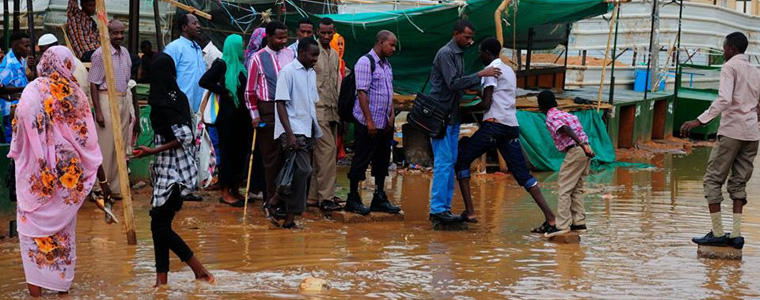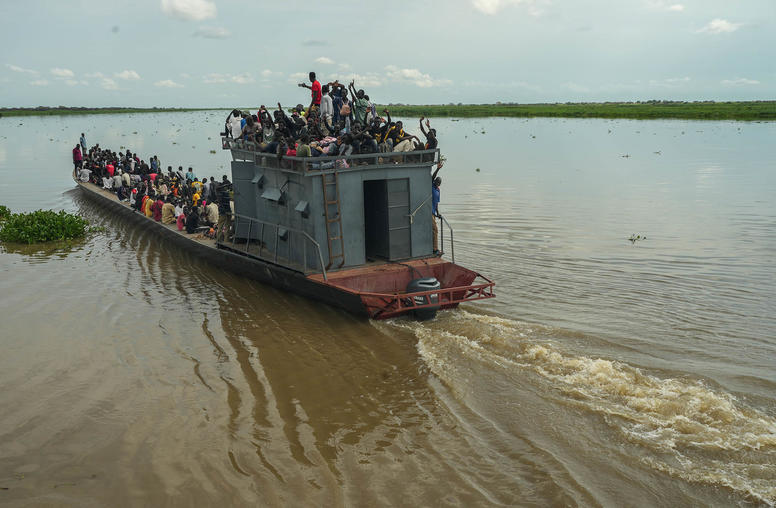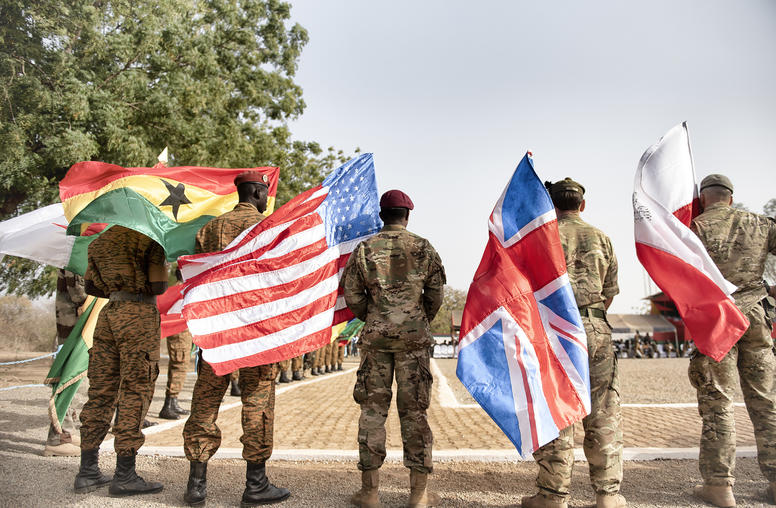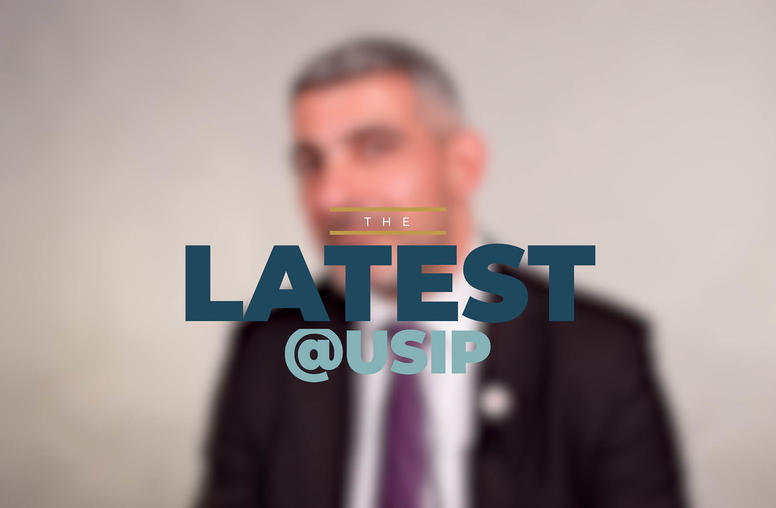A deluge of heavy summer rains in Sudan that washed away homes, turned streets into ravines, and affected about 340,000 people throughout the country, including 128,000 around the capital Khartoum, has also created a flood of a different kind – young volunteers.

An initiative called Nafeer, after the traditional word for community assistance after a disaster, has become a catalyst for uniting Sudanese of a younger generation who until now have focused on a disparate array of mostly futile efforts to accomplish political change in their war-torn country.
Seeing the devastation wrought by the flash floods and the absence of other organized disaster assistance, a core group of 15 mobilized to help. Within days, they numbered in the hundreds, drew more than 35,000 likes on Facebook, and raised tens of thousands of dollars from within Sudan and abroad for relief supplies. As of late August, volunteers numbered around 7,000.
“We were all asking how can we start responding to this crisis,” said Otheylat Alawad, a 37-year-old volunteer who joined the effort, in an interview over Skype. Having worked in the humanitarian sector for 12 years, she is helping Nafeer with media and communications. “I’m used to five or up to 20 people who come together to do something, but nothing like this.”
Working out of the office of a youth group called the Gesr Development Center, they set up an emergency hotline and organized into teams for field work, data gathering, media coordination and fundraising, according to an explanatory overview prepared by Nafeer. Doctors, engineers and trained rescue workers volunteered. Beyond the capital, the initiative also has provided aid in Medani in the east-central state of Gezira, according to the overview.
Nafeer now is sending volunteers to work in Kassala in eastern Sudan and in North Kordofan state.
“I think this has been a real learning curve for them, where they start to understand their capabilities,” said Linda Bishai, a senior program officer at USIP who has worked with hundreds of youth on peacebuilding and conflict resolution projects there since 2006. The 2005 peace agreement allowed USIP to significantly expand its work in the country.
Nafeer has developed into an umbrella initiative bringing together individuals and other humanitarian organizations such as Sadagaat and the youth groups Wusool and Hawadith. Last year, many of Sudan’s youth groups were focusing on trying to overcome political stagnation, even getting so far as to bring thousands into the streets for demonstrations. But the hurdles for such changes are high.
“That’s a no-win situation for them,” Bishai said. A major political shift in Sudan likely would require some major triggering event beyond the control of youth activists. “So what they’re discovering is how they can connect with ordinary people” to have an impact.
The aid effort also has begun to change what have sometimes been negative perceptions of the younger generation in Sudan, Alawad said.
“Young people showed a high level of responsibility and willingness to lead such a campaign,” she said.
The role of women and girls also has been remarkable in the effort, extending beyond traditional tasks to hands-on delivery of humanitarian aid, clearing drainage ditches, and building terraces to prevent erosion.
The Enough Project, an international campaign to end genocide and crimes against humanity, cited the popularity of the Nafeer Facebook page and the establishment of a mobile clinic with a volunteer doctor. Nafeer chronicles its work on Twitter at @NafeerCampaign and with the hashtag #KhartoumSinking. The initiative has drawn attention from The New York Times as well.
Nafeer organizers have coordinated with the government’s civil defense and humanitarian aid operations as they’ve mobilized, and with United Nations agencies that needed routine government permission before they could start work.
Nafeer “played a significant role in assessing needs and distributing relief items to families affected by flooding in Khartoum State,” the United Nations Office for the Coordination of Humanitarian Affairs reported in a Sept. 3 fact sheet. “It provided more than 3,000 bags of food stuff, more than 3,000 ready-made meals, some 3,000 plastic sheets and 200 mosquito nets. They also coordinated closely with the Sudanese Red Crescent Society and the Sadagaat Group to build flood barricades in Omdurman.”
A doctor who’s working on the Nafeer project said days can stretch 20 hours long, according to an account by the U.N. humanitarian affairs office. The head of the office, Mark Cutts, said he was "very impressed with the work Nafeer is doing in Sudan," according to the account.
The Nafeer volunteers are beginning to wind down their aid efforts as the worst floods begin to recede and official humanitarian organizations take over.
“Nafeer up to now has covered less than 10 percent of the need,” Alawad said. “We are expecting that the other 90 percent of the need will be responded to by other actions.”
Viola Gienger is a senior writer at USIP.



